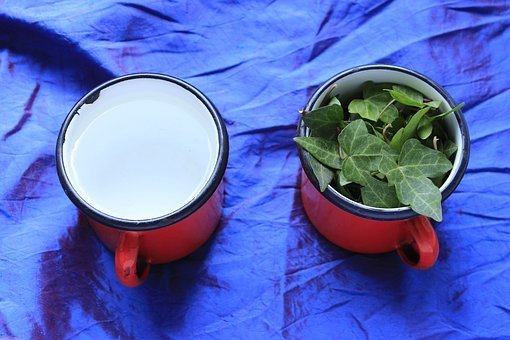Exposure to poison oak can cause a red, bumpy rash that makes it difficult to focus on anything other than finding relief for the intense itching. Severe reactions intensify symptoms and increase the duration of the rash. While most cases of poison oak improve without treatment, you might need prescription medication if you experience a severe allergic reaction.
IDENTIFICATION
The leaves of the poison oak plant resemble the leaves of an oak tree, giving the plant its name. Poison oak is found in both the eastern and western United States. The poison oak rash develops after exposure to urushiol, the sap that the plant produces. The rash develops hours to days following exposure and tends to appear first on areas of the body with the thinnest skin, including the wrists and face. Touching the leaves of the poison oak plant can release urushiol and cause an allergic reaction. You can also develop poison oak if your pet comes in contact with poison oak and you touch your pet or if you touch objects that came in contact with urushiol, such as gardening tools, shoes or clothing.
SYMPTOMS
Even before the rash appears, your skin may look red or may itch. Clumps of red bumps soon develop in areas of your body that came in contact with urushiol. The bumps eventually blister and fill with fluid. The fluid does not contain uroshiol sap and touching a broken blister won't cause the rash to spread to other parts of your body or to other people. Allergic reactions to poison oak vary, depending on the person. The Cleveland Clinic reports that some people are very sensitive and will have a quick reaction after contact with a small amount of urushiol, while others will only develop a reaction after exposure to a large amount of urushiol.
CONSIDERATIONS
Mild cases of poison oak can last up to 12 days, but severe cases can continue for a month or longer. Symptoms of a severe allergic reaction include itching so severe that you can't sleep, blisters that don't crust over after a few weeks, or the presence of a rash on mucus membranes, such as the genitals or lips, the face or eyes. Scratching the rash can lead to a fever or infection. If you notice pus coming from your rash, you may have an infection. A rash that covers more than 25 percent of your body can cause a systemic reaction that requires hospitalization, the Asthma and Allergy Foundation of America warns. The organization recommends visiting the emergency room if you have a severe rash accompanied by difficulty breathing, fever, nausea, headache, swollen lymph nodes or an extremely sore or oozing rash.

source
TREATMENT
Although mild reactions to poison oak can usually be treated at home with over-the-counter antihistamines and anti-itch cream, cool compresses and oatmeal baths, severe reactions require treatment with prescription medication. An oral corticosteroid can be effective in reducing itching and swelling due to a severe reaction. Your doctor may prescribe antibiotics if your blisters are infected.
Congratulations @cues! You have completed the following achievement on the Steem blockchain and have been rewarded with new badge(s) :
You can view your badges on your Steem Board and compare to others on the Steem Ranking
If you no longer want to receive notifications, reply to this comment with the word
STOPTo support your work, I also upvoted your post!
Vote for @Steemitboard as a witness to get one more award and increased upvotes!